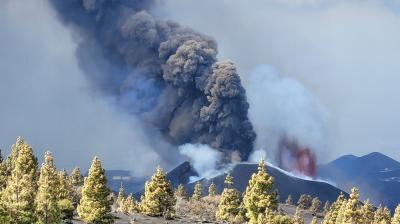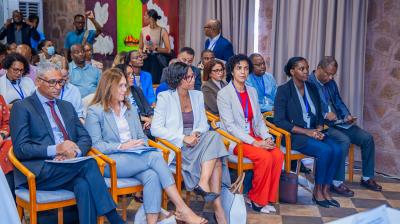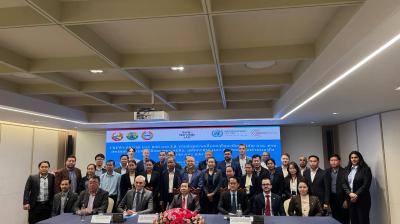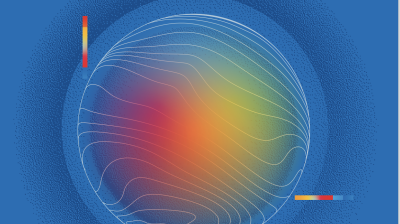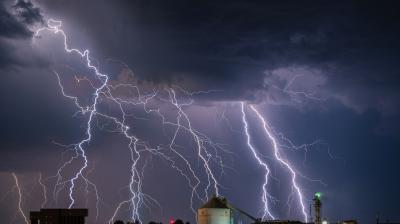
Early warning system
Early warning systems are put in place to analyse and identify potential weather- and climate-related risks and hazards.
All early warning systems aim at enabling early action to save and protect lives, livelihoods and assets of people at risk.
Overview
An early warning system is only effective when it can respond to needs and is acted upon.
By identifying upcoming hazards as early as possible, communities can prepare in advance and try to minimise disruption and damage.
Hazards include weather phenomena, such as cyclones, storms, floods, and tsunamis.
They can also include heatwave, wildfire, drought, sand and dust storm, volcanic eruption, earthquake, and other non-weather disasters, such as disease outbreaks, technological accidents, and pest infestations.
An early warning system is made up of four elements:
- disaster risk knowledge,
- detection, monitoring, analysis, and forecasting,
- warning dissemination and communication, and
- preparedness and response capabilities.
All four elements are equally important for reducing the impacts of extreme events. Each element applied alone or together with other elements, need to involve the participation of people and organisations at risk.
Impact
Early warning systems are urgently needed as climate change is causing more frequent, extreme, and unpredictable climate-related hazards.
Early warnings, issued within 24 hours of a hazard, can reduce the damage of that event by 30%.
The number of disasters has increased five-fold over the past 50 years, and only half of the world’s countries have access to multi-hazard early warning systems.
In particular, loss of life due to hazards is increasing in Small Island Developing States (SIDS) and Least Developed Countries (LDCs) – those who are most vulnerable to the consequences of climate change.
WMO's response
To support the adoption of early warning systems around the world, and in line with the UN’s goal of protecting everyone on Earth in five years, WMO coordinates and supports several efforts:
The Climate Risk and Early Warnings Systems (CREWS) initiative has invested over US $100 million in the world’s most vulnerable Small Island Developing States (SIDS), and Least Developed Countries (LDCs) by increasing people’s access to effective, risk-informed, gender-responsive and people-centered early warning systems.
CREWS focuses its support in a targeted manner by responding to the early warning needs of LDCs and SIDS through multi-year country and regional projects, technical assistance and advisory services provided by its Implementing Partners, WMO, World Bank and UNDRR.
The Systematic Observations Financing Facility (SOFF) supports countries to generate and exchange basic surface-based observational data, critical for improved weather forecasts and climate services.
SOFF has four key features to provide long-term financing and technical assistance in an effective way. It has a unique focus and complements and supports existing funding mechanisms. These features are:
- Deploying a global approach with sustained international data exchange as a measure of success,
- Providing innovative finance,
- Enhancing technical competence and integrated approaches, and
- Leveraging knowledge and resources.


